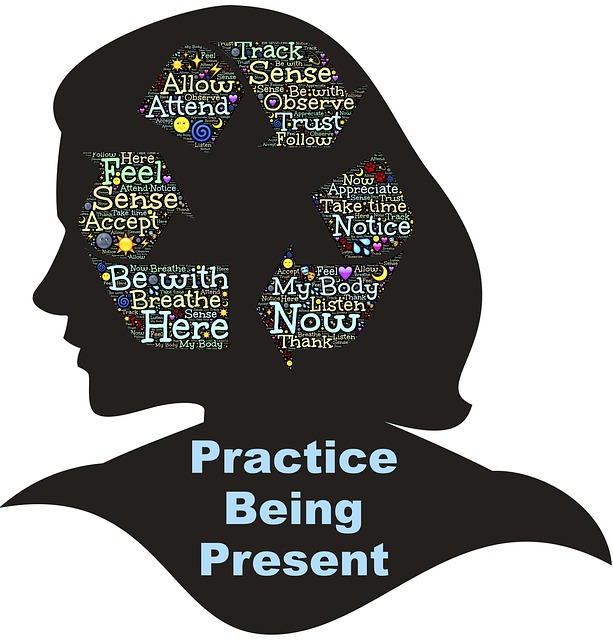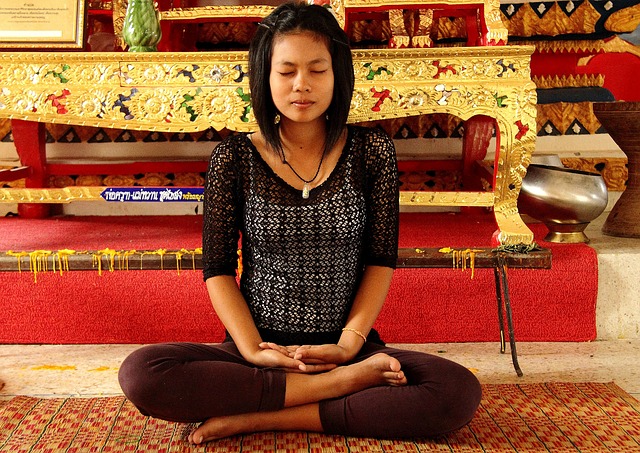The early trait theories of leadership argued that to be an effective leader you needed to be male, charismatic and tall. Clearly, this delineation can lead to discriminatory behaviour towards those who are female and short.
The earlier trait theories of leadership have been disproved and there is now a consensus that there is no universal list of traits that researchers can agree on as predictors of leadership ability.
Amanda Sinclair, author of Leading Mindfully, points out that despite these emergent findings, myths still pervade about desirable traits that reinforce leadership viewed according to the male stereotype. She suggests that women have been harshly judged against these unreal measures and have had to conform to standards of dress and behaviour that are more rigorous than those imposed on men.
Then again, as a female colleague of mine pointed out, some women dress provocatively in a work situation to draw attention to themselves. As my colleague commented, this draws attention to their sexuality but detracts from perceptions of their competence. So women are often confronted with a dilemma – conform to unfair standards or dress inappropriately.
Rather than accepting this dilemma, women and men can learn ways to present themselves bodily so that potential followers are not left experiencing discomfort or uncertainty about how to communicate with, or relate to, their leaders.
Increasingly, followers have been shown to prefer characteristics that are described as the soft skills – that is skills associated with emotional intelligence such as empathy, compassion, listening skills, communicating to inspire followers, congruence and creativity.
Through mindfulness, leaders can develop a presence (irrespective of physical height) that conveys a sense of balance and calm. They can face problems with greater clarity and creativity. Their very presence can communicate support and generate confidence in others who are faced with difficult situations.
Leaders need to be physically present to their staff so that their positive bodily influence can be experienced first-hand. They also need to care for themselves bodily by looking after themselves so that they can withstand the stresses of their role but, at the same time, have real concern for the physical welfare of staff.
By building resilience through mindfulness practice, you can communicate non-verbally that they you are in control of yourself and the situation. Even when you are not conscious of the impact of your demeanour, others take note and are influenced by how you present yourself – your bearing can communicate respect for others, personal confidence and self-awareness.
Somatic meditation is one way for a leader to get in touch with their bodies and their reality. It enables them to be more conscious of how stress is stored in the body and emitted through physical actions and non-verbal activity.
Amanda also alludes to the research work of Norman Doidge and highlights the mind-body connection and the role of exercise such as yoga and walking in enhancing this connection and improving brain functioning. In the light of this research and the foregoing discussion, Amanda exhorts leaders to be aware of the role of their bodies in the process of leadership:
Our bodies and physicality in leadership are gateways to important forms of intelligence, to wisdom and mindfulness. They provide us with ways of noticing and revaluing the present, experiencing the full richness of the people and situations around us. Physicality is not something to be ignored, suppressed or overcome in leadership, but a means of helping us live and lead more fully. (p. 129)
As we grow in mindfulness, we become increasing aware of how we experience the world through our bodies and how others experience us as leaders through their perceptions of our bodily presence.
By Ron Passfield – Copyright (Creative Commons license, Attribution–Non Commercial–No Derivatives)
Image source: courtesy of rawpixel on Pixabay
Disclosure: If you purchase a product through this site, I may earn a commission which will help to pay for the site, the associated Meetup group and the resources to support the blog.





